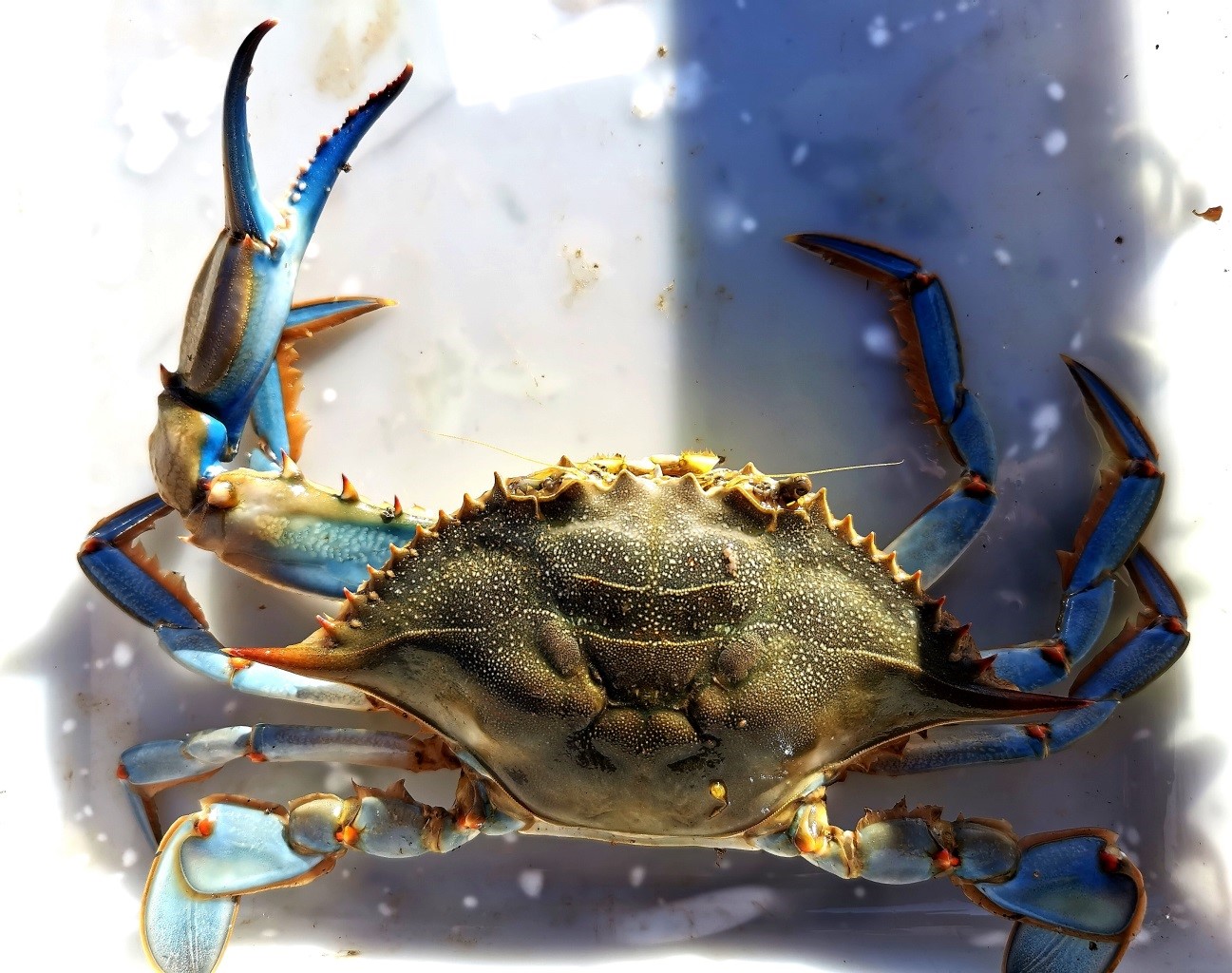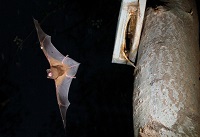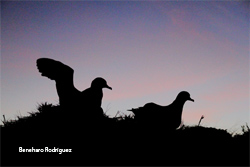- Scientists from the Doñana Biological Station – CSIC warns of the capacity of the blue crab to invade river stretches located far from river mouths
- This migrating capacity of blue crabs introduce a new threat for native freshwater species, some of them highly threatened, such as the European eel, which was already in a critical situation before the invasion
A scientific team from the Doñana Biological Station – CSIC warns of the potential of blue crabs to migrate dozens of kilometers upstream from invaded coasts and estuaries. The capacity of this species to alter invaded communities and drive declines is well known, but a new study reveals that these impacts can spread more than 100 km upstream. The blue crab thus poses a new threat for many freshwater species, some of them seriously endangered.
After the arrival of blue crabs to the Ebro Delta in 2012, its expansion has been expeditious. It has invaded the whole Iberian Mediterranean coast, it has crossed the Strait of Gibraltar and reached Portugal in a short period of time. It has also expanded along the Mediterranean coast of North Africa. Stablished blue crabs populations cause multiple and severe ecological and socioeconomical impacts, from the decline of fish and aquatic invertebrates' populations to significant damages to fisheries. Until now, reported environmental disrupts induced by the invasion focussed on coastal areas and river estuaries. But the new study, published in the journal Aquatic Conservation: Marine and Freshwater Ecosystems, shows that blue crabs may be an important threat also far from coasts.
The origin of this research dates back to 2019, when Sergio Bedmar, lead author of the study, found a blue crab in the Portuguese stretch of the Guadiana river, more than 70 km away from the mouth. Knowing other long-distance migration events in the Ebro river, the team investigated the maximum migration distance of blue crabs in the Guadalquivir basin. Specimens were located in both the Rivera de Huelva tributary and in the main course of the Guadalquivir river, up to a distance of 108 km from the mouth, just below of the Alcalá del Río dam, which acted as a barrier. "This study addresses a new dimension on the extent of this invasion and warns about the risk it poses in lower stretches of rivers, which are areas of transition that, due to their complexity, have an irreplaceable ecological value", explains Sergio Bedmar, researcher at the Doñana Biological Station.
Upstream migration of the blue crab is well known in the native area, and sometimes exceeds 200 km from the coasts. Both sexes ascend the river, but only females make the return journey, since the clutches must hatch in marine waters. To date, little was known about blue crab migration in invaded areas. The researchers compiled more than 16.000 blue crab records associated with continental waters, both from the native and invaded areas. The distances from these places to the respective mouths were used to estimate and map the decrease in the probability of crab presence with the increase in the distance from the coast.
A new problem for threatened species
The article concludes that, although the probability of finding this species is concentrated in lower stretches, its potential to travel upstream is alarming, reaching more than 100km. "As a specialist predator of bivalves, the crab represents a new threat for freshwater naiads or clams, whose populations have collapsed in recent decades", says Sergio Bedmar. It is also a new problem for small coastal basins, which often host endemic species with a fragile conservation status, like the toothcarp, chub and spined loach species that are exclusive to small rivers in southwestern Spain.
The blocking effects of dams, such as it is observed in the Guadalquivir river, seem to have a little effect on the blue crab's occupation potential. In fact, in a hypothetical scenario without dams, the expansion capacity of the species would barely increase by 13%. However, dams do have a limiting effect on the migration of other more mobile species, such as the European eel, which is artificially converted into a coastal species and placed in a critical situation.
Miguel Clavero, also an author of the study and researcher at the Doñana Biological Station, states that "the eel, whose distribution range has been limited by dams, is going to suffer severely from blue crab invasion, as has already been described in the Ebro Delta". The eel is a critically endangered species, which continues to be commercially exploited and which finds in the blue crab expansion a new and serious conservation problem.
Reference
Bedmar, S., Oficialdegui, F.J., Clavero, M. (2024). Far-reaching blues: Long-distance migration of the invasive Atlantic blue crab. Aquatic Conservation: Marine and Freshwater Ecosystems 34: e4136
https://onlinelibrary.wiley.com/doi/10.1002/aqc.4136
Contact
outreach @ ebd.csic.es



 La jaiba azul puede recorrer más de 100 kilómetros río arriba
La jaiba azul puede recorrer más de 100 kilómetros río arriba



